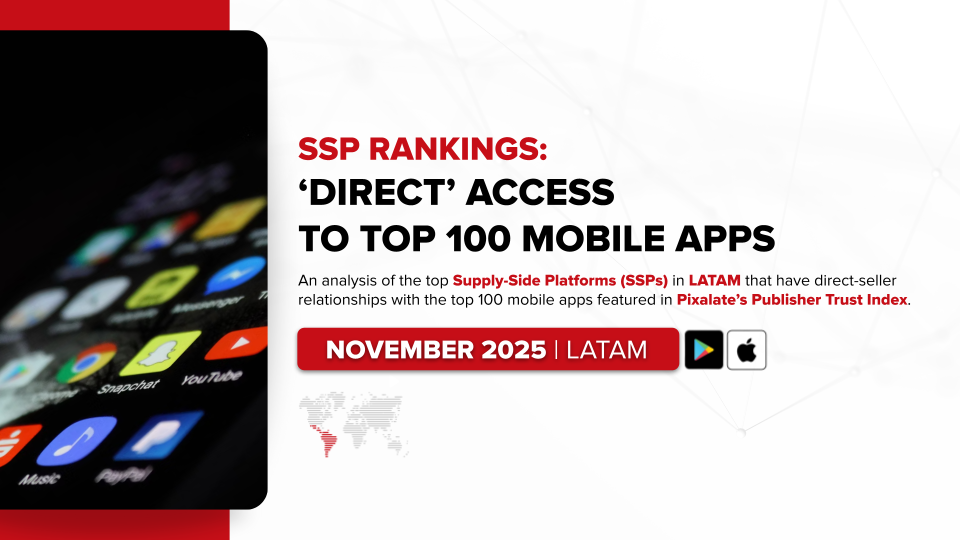Pixalate’s Mobile Ad Fraud Series for February 2023 reveals language/phrasebook apps and puzzle games appear in top spots
LONDON, March 14, 2023 -- Pixalate, the market-leading fraud protection, privacy, and compliance analytics platform for Connected TV (CTV) and Mobile Advertising, today released the February 2023 Mobile App Spoofing report, as a part of our Mobile Ad Fraud Series, where we highlight unique forms of invalid traffic (IVT), inclusive of “ad fraud,” across the mobile open programmatic advertising marketplace.
This report covers Mobile App Spoofing numbers for February 2023. For background information, methodology and definitions related to Mobile App Spoofing, please visit our inaugural Mobile App Spoofing Report (October 2022) and view the FAQs there.
Key Findings:
- On the North America iOS list, multiple language/phrasebook apps appear in the top slots.
- Continuing the trend from previous months, puzzle games like Sudoku or Spider Solitaire remain highly affected by app spoofing in iOS traffic during February.
- The top APAC Android apps (including Pop Stone 2, Real Friends, and whowho) are unchanged from the previous month.
- Some mainstays on the NA Android list (Ragdoll Fighter, Tumblr) have fallen off the list for the first time in months.
The following are the top 20 mobile apps from the Apple and Google app stores that were most impacted by app spoofing:


Click below to download the list with more details:

About Pixalate
Pixalate is the market-leading fraud protection, privacy, and compliance analytics platform for Connected TV (CTV) and Mobile Advertising. We work 24/7 to guard your reputation and grow your media value. Pixalate offers the only system of coordinated solutions across display, app, video, and CTV for better detection and elimination of ad fraud. Pixalate is an MRC-accredited service for the detection and filtration of sophisticated invalid traffic (SIVT) across desktop and mobile web, mobile in-app, and CTV advertising. www.pixalate.com
Disclaimer
The content of this press release, and the Mobile Ad Fraud Series (the “Report”), reflect Pixalate’s opinions with respect to the factors that Pixalate believes can be useful to the digital media industry. Pixalate’s opinions are just that, opinions, which means that they are neither facts nor guarantees; and neither this press release nor the Report are intended to impugn the standing or reputation of any entity, person or app, but instead, to report findings and apparent trends pertaining to apps in the Roku and Amazon app stores. Per the MRC, “'Fraud' is not intended to represent fraud as defined in various laws, statutes and ordinances or as conventionally used in U.S. Court or other legal proceedings, but rather a custom definition strictly for advertising measurement purposes. Also per the MRC, “‘Invalid Traffic’ is defined generally as traffic that does not meet certain ad serving quality or completeness criteria, or otherwise does not represent legitimate ad traffic that should be included in measurement counts. Among the reasons why ad traffic may be deemed invalid is it is a result of non-human traffic (spiders, bots, etc.), or activity designed to produce fraudulent traffic.”







